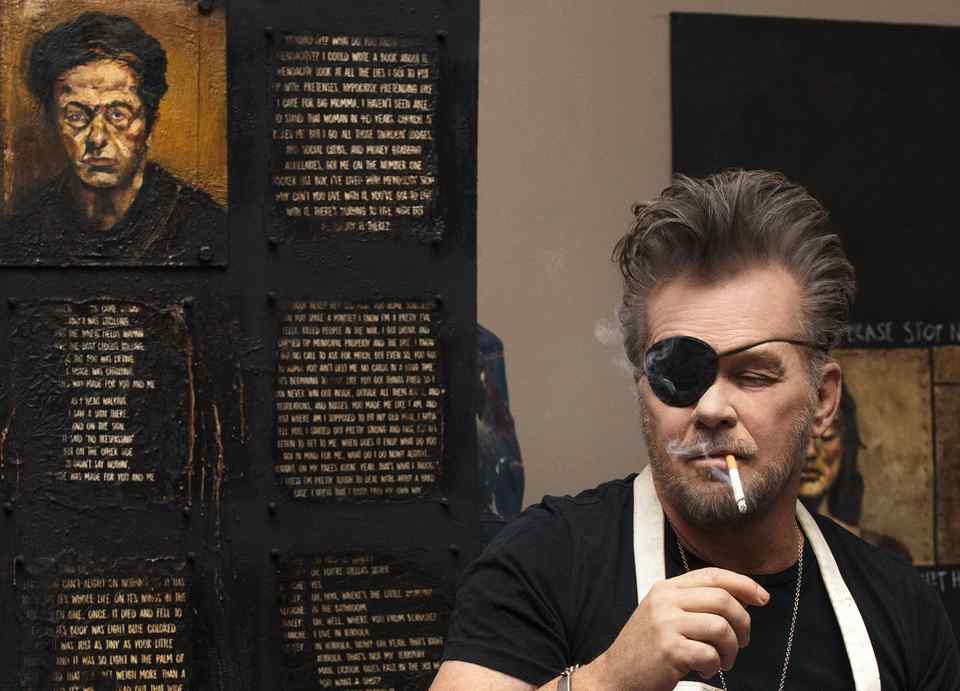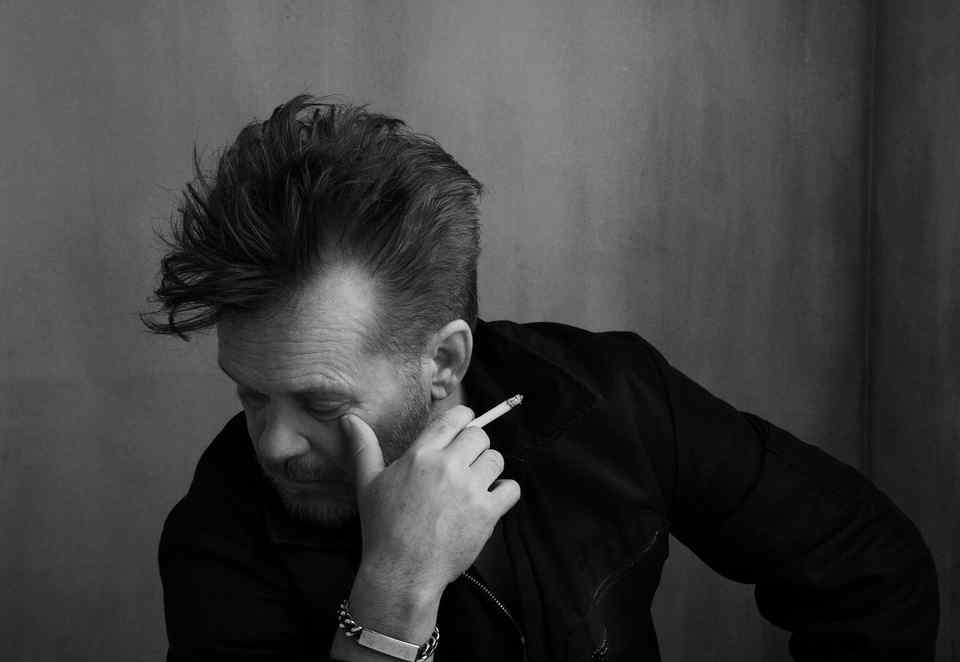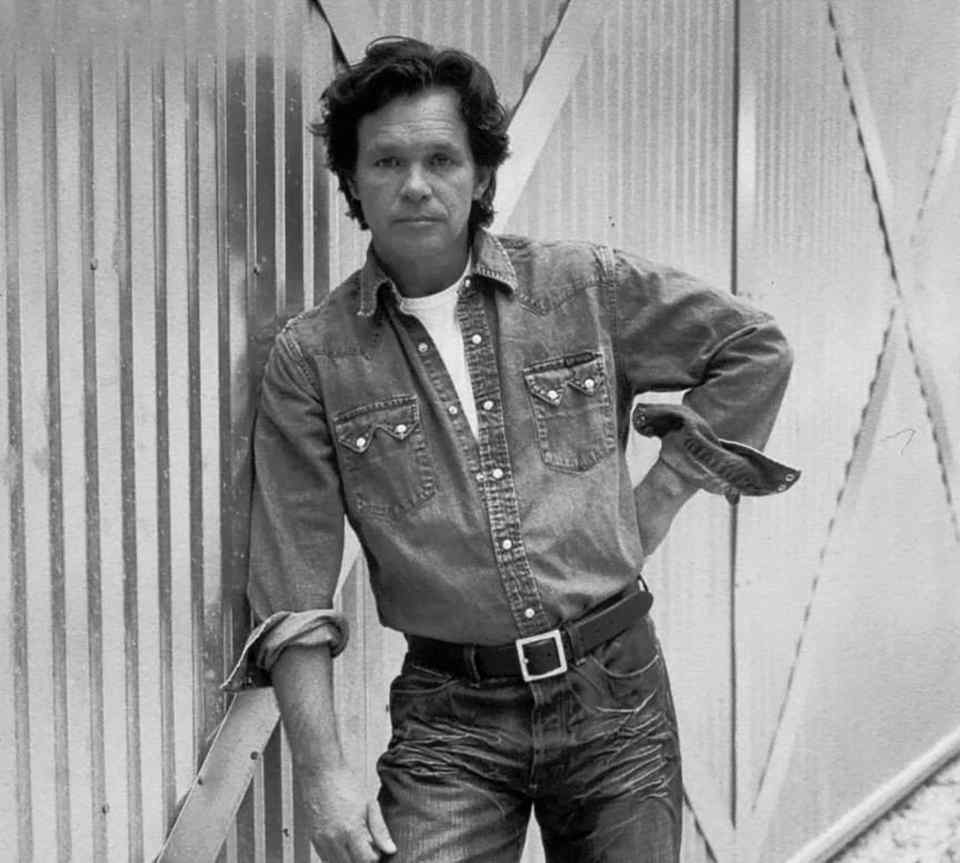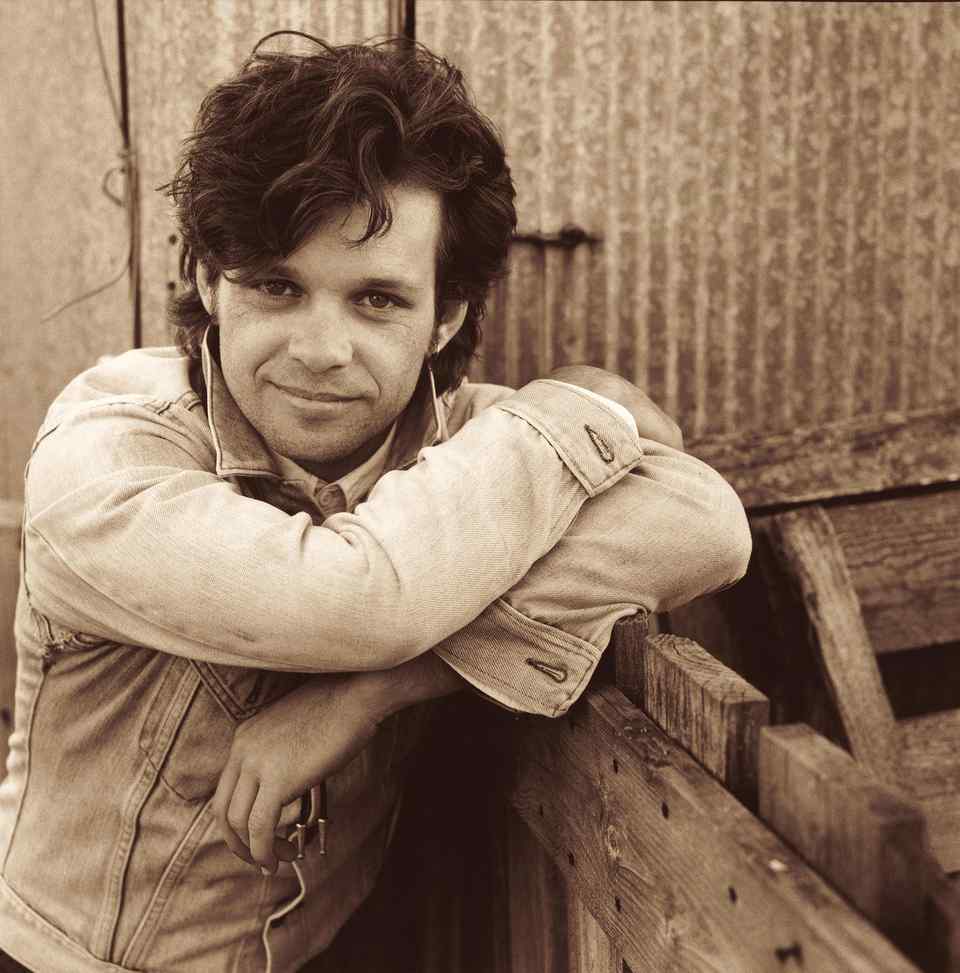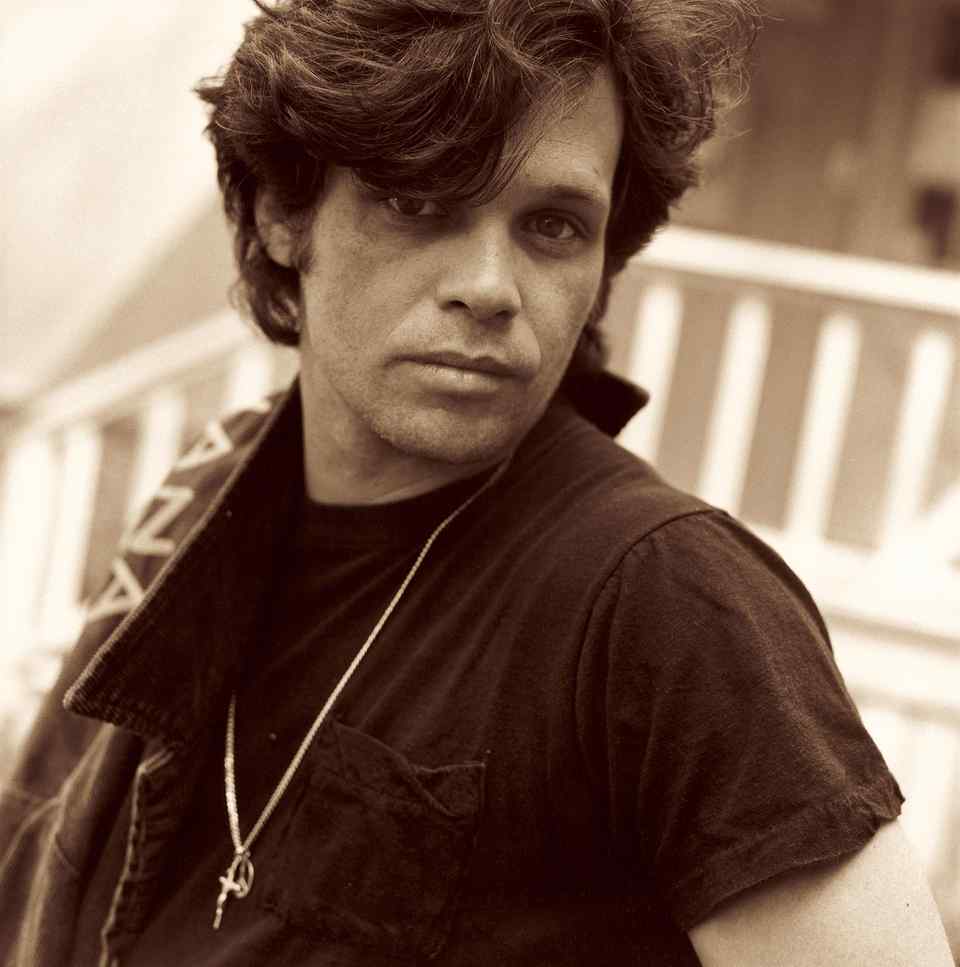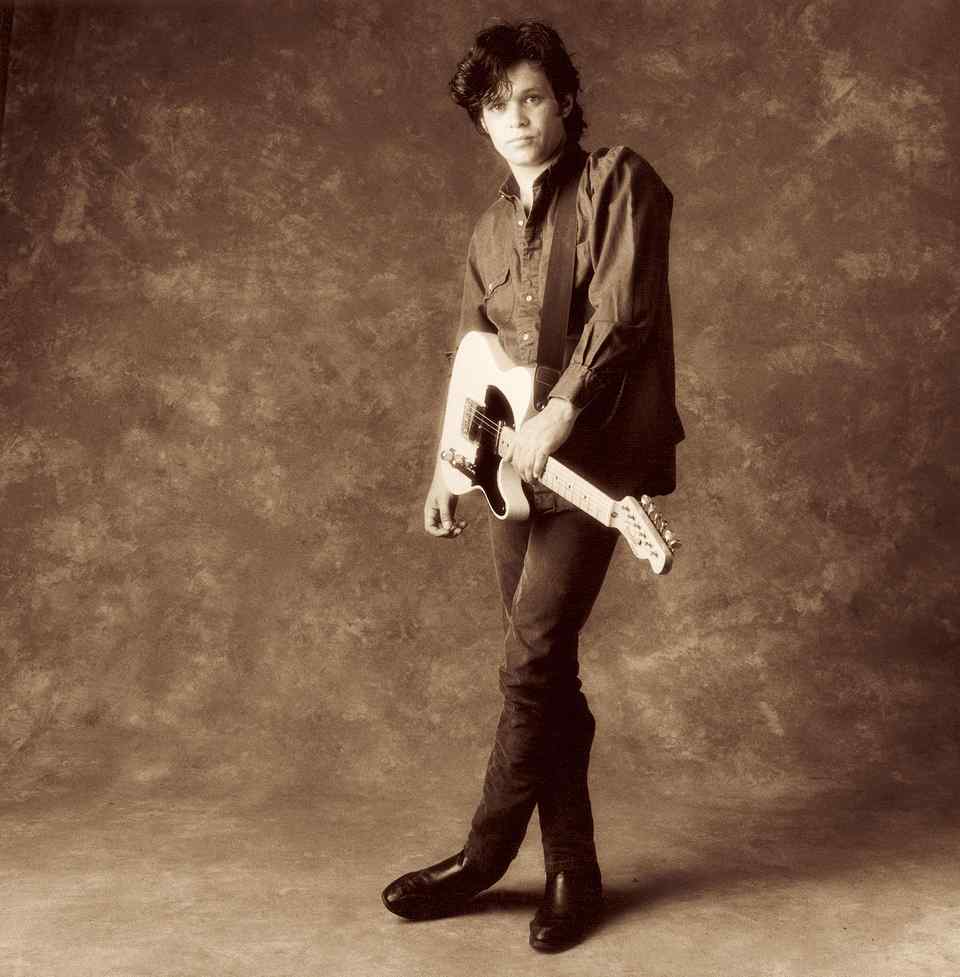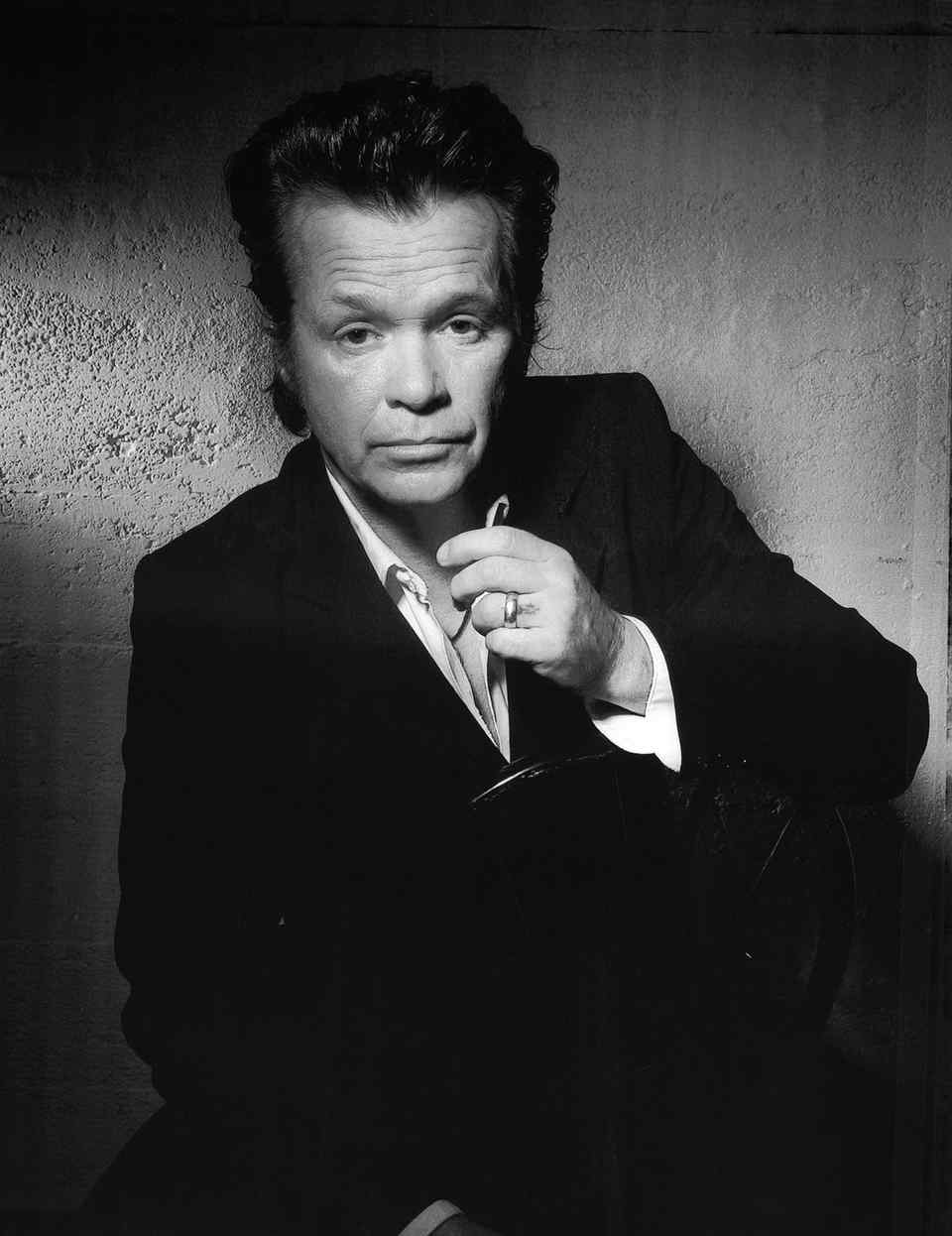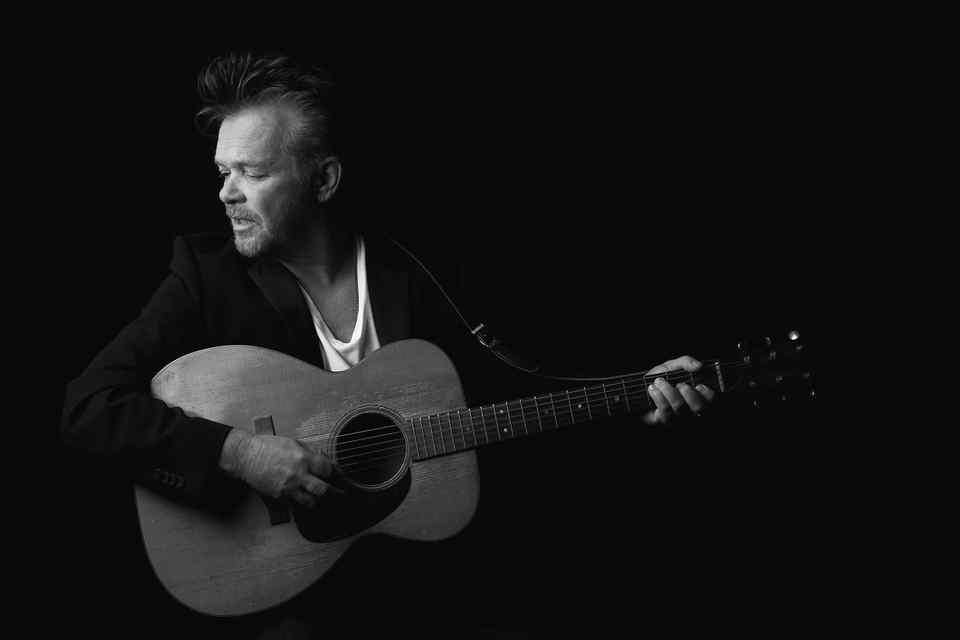Newsday: John Mellencamp Will Return To The Outdoor Stage In Forest Hills
John Mellencamp does what he wants.
The 65-year-old Rock and Roll Hall of Famer had the “Nothing Matters and What If
It Did” attitude back in 1980 and these days it has hardened into a simple fact
of life.
“I don’t take direction well,” says Mellencamp, calling from a tour stop in
Saratoga, California. “I really got sick of the music business in the late ’80s,
early ’90s. I put out that song ‘Pop Singer’ and caught all sorts of [expletive]
for it. The music business forgot what it was supposed to be doing. They were
all worried about coming in at No. 1. That just didn’t do it for me. . . . I
didn’t like the people I was around. I kept thinking, ‘Is this what this is
supposed to be about?’ I was about Greenwich Village in the early ’60s, about
musicians helping musicians.”
To straighten things out, Mellencamp took a break from the music business for
three years, and then he had a heart attack in 1994. And when he returned, the
music industry’s quest for maximizing profits had only intensified and
Mellencamp wanted no part of it. “I’m not a good salesman,” he says. “And I’m
not a jukebox.”
That’s when Mellencamp began making music only to please himself, a strategy
that continued in April with his new “Sad Clowns & Hillbillies” (Republic) album
and his summer tour, which includes a stop at Forest Hills Stadium on July 11.
The summer tour marks a change for Mellencamp, who hasn’t toured outdoor venues in 15 years. “I’m not a fan of playing outside,” he says. “But it’s more I don’t like playing in front of drunk people. . . . It’s harder, but it’s more interesting. You’re giving them a music show and that has to be better than them playing, I don’t know, volleyball in the back. I just can’t play rock festivals, though.”
advertisement | advertise on newsday
So Bonnaroo isn’t in the cards? “I couldn’t think of a worse thing to do,” he
says.
Mellencamp says he’s interested in playing Forest Hills because of its tennis
history, but “A stage is a stage.” “It’s one size fits all at this point,” he
says. “They’re coming to see me. It’s not an experiment. They know they’re not
coming to hear my hit records. They’re coming to hear what I’m going to play. I
don’t try to win over an audience anymore and they go along with it.
“Nobody has sat down yet,” he adds, with a laugh. “Not even during the acoustic
songs.”
As he did on “Sad Clowns & Hillbillies,” Mellencamp has teamed up with Carlene
Carter for the summer tour, a rare collaboration in his career. “Carlene and I
accidentally met,” he says of the country star who sings with Mellencamp on five
new songs and also co-wrote a handful with him. “Then we accidentally got
along.”
For Mellencamp, making music feels pretty accidental these days, too, since most of his focus is on his painting. “Songs feel more like postcards today,” he says. “I’m still writing songs and it’s very important to me, but it’s more like a hobby I really enjoy doing. . . . They kind of write themselves for me, which is really a gift.”
Mellencamp said he was in the middle of a painting when the new song “Easy
Target” came to him. “There was a voice in my head saying, ‘Write these words
down,’ ” he says. “I couldn’t even keep up with the thoughts. . . . I wasn’t
even thinking about it. I don’t try to influence or rewrite them. True art is
just honesty.”
And Mellencamp, it seems, still has plenty of both. He says he is flattered by
the “Mellencamp” exhibit currently on display at the Rock and Roll Hall of Fame
and Museum in Cleveland, which may eventually tour the country, though its
initial run has been extended from September through at least the end of the
year. “I don’t need to see it, though,” he says. “I’m still doing it.”
Karen Herman, the Rock Hall’s vice president of collections and curatorial
affairs, says the reaction doesn’t surprise her. “He is a complete artist,” she
says. “He puts himself into the works themselves and then doesn’t need to look
back. Whatever he puts his mind to, he does so well.”
Herman says that what surprised her most about Mellencamp’s work is how
different his paintings are from his music. “His music always has a sense of
place, but his paintings have no sense of place,” she says, adding that the
Mellencamp paintings that currently hang in the exhibit reflect that. “The
backdrops are usually plain so you don’t know where they are. It’s much more
universal in its sense of place.”
Mellencamp says he wishes he would simply be considered a painter rather than
a “celebrity painter,” but he understands why that can’t be. Like most things,
he simply takes that issue in stride, more interested in doing the work rather
than how others consider the work.
“I’m not one of those people who worry about their legacy,” he says. “There’s no
worrying about yesterday. I’m not very nostalgic.”

